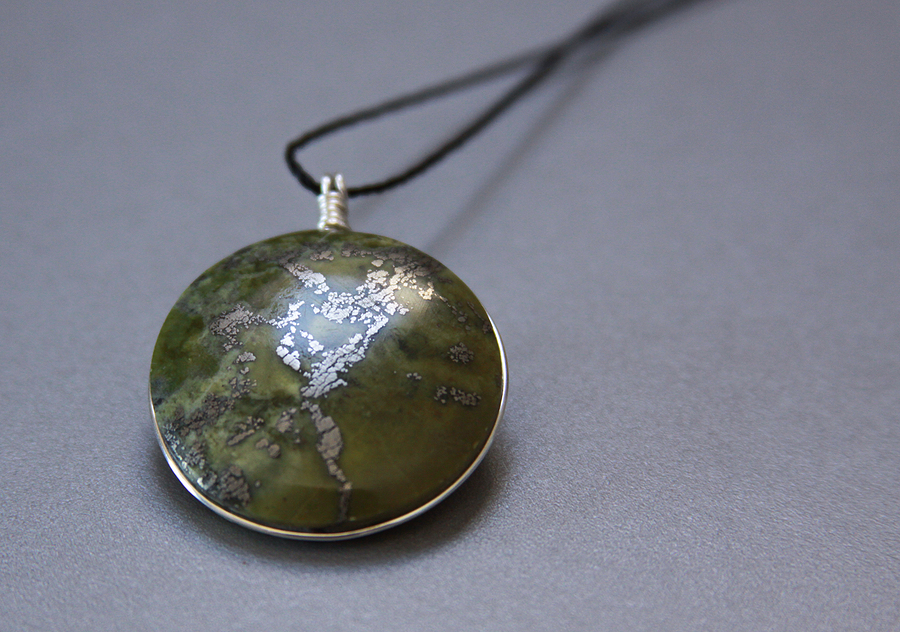Customers could not have arrived at a better destination than the Land of the Long White Cloud for the sake of buying jade collections.
Jade brands in New Zealand are intrinsically tied to the ancient Maori culture to signify far more than just stunning pieces of jewellery.
With this being said, it is easy for visitors to be confused about what constitutes value with these goods.
We will offer some tips and insights for shoppers that want to make sense of jade brands in New Zealand.
Assess Jade Product Variety
The good news for consumers who are examining jade brands in New Zealand is that they have a wide array of assortments, designs and collections at their disposal. Whether it is bangles, earrings, bracelets, necklaces, artistic stones, rollers or plants, there is an extensive display for participants that want to find something that works for their tastes and interests. To get a good gauge on this industry and pay attention to sellers that deliver authentic products, survey the entire range to pinpoint one or more investment opportunities.
Reflect on Treatment & Grade Type
For clients that want to delve into the detail on jade brands in New Zealand, they will find that there are discrepancies between the real article and those collections that are watered down. Beginning with the grade A items that are natural, untreated without any interference, they will be deemed the top of the pile for value. Then it will progress down to grades B, C and D where treatments like bleaching, dyes, colour enhancements and composite materials devalue the authenticity of the material.
Examination of Flaws

Professional operators who run their eye over jade brands in New Zealand can often end up setting a price tag of $40 or $400 depending on small flaws that are red flagged. Elements like chips, dents, veins, blemishes on the surface, fractures and symmetry will be highlighted by valuation practitioners, outlining where the authenticity lies and the level of expertise with the manufacturing and development. For any shopper that wants to do their due diligence on this count, they can run similar exercises and pay attention to every component.
Paying Attention to Texture & Translucency
For buyers who happen to have jade brands in New Zealand in their hands, they will be able to run another test that allows them to make sense of their quality and value. The texture should be smooth and fine, but if it feels rough and coarse, it won’t carry the same valuation from market analysts. A similar principle applies to the translucency of the marking, with translucent and clear collections enjoying a higher price than the opaque alternatives.
Customising the Item Colour
Shoppers who want to cash in on quality jade stones in this market will find that they have an extensive assortment of colour ranges available to them. While the imperial green and vivid green displays are most common in this context, consumers will be able to acquire shades of blue, purple, white, pink, black, orange, brown and grey alternatives that offer a point of difference. Participants don’t have to feel like they need to settle for less if there are other colour tones and dynamics in play from stores.
Take Note of Consumer Satisfaction Feedback
In order for the average customer to make sense of jade brands in New Zealand, they need to reflect on the feedback that other shoppers outline. What do they say through search engine pages, apps and social media feeds? Which businesses score the best ratings out of 5 stars? What do the locals say across the North or South Island about seller authenticity? Finding answers to these questions will point customers in the right direction.
